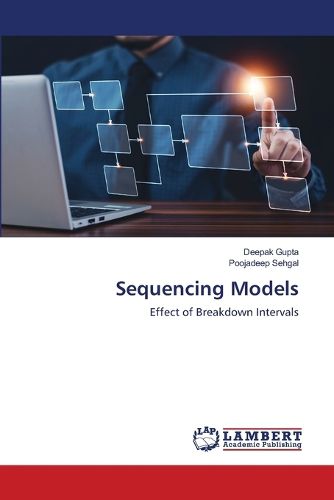Readings Newsletter
Become a Readings Member to make your shopping experience even easier.
Sign in or sign up for free!
You’re not far away from qualifying for FREE standard shipping within Australia
You’ve qualified for FREE standard shipping within Australia
The cart is loading…






The aim of this book is to minimize the rental cost of the machines under specified the rental policy. This book contains five chapters. First chapter is introductory part of scheduling theory. It deals with historical development and basic fundamental concepts of scheduling theory. Second chapter focuses on two-stage flow shop scheduling model to optimize the rental costs of machines under defined rental policies where processing times of tasks are related with their respective probability whenever machines are not available for any period. Third chapter is to find out how long it takes for a machine to break down under a certain rental policy if the processing time of tasks is connected with their respective probabilities. Forth chapter focuses on the two-stage flow shop scheduling model to reduce the rental costs of the machines under job-block criteria and breakdown intervals and to reduce the hiring costs of the machines under particular rental policies with transportation time whenever machines are unavailable. Last chapter offers a heuristic approach technique to solve a flow shop scheduling model.
$9.00 standard shipping within Australia
FREE standard shipping within Australia for orders over $100.00
Express & International shipping calculated at checkout
The aim of this book is to minimize the rental cost of the machines under specified the rental policy. This book contains five chapters. First chapter is introductory part of scheduling theory. It deals with historical development and basic fundamental concepts of scheduling theory. Second chapter focuses on two-stage flow shop scheduling model to optimize the rental costs of machines under defined rental policies where processing times of tasks are related with their respective probability whenever machines are not available for any period. Third chapter is to find out how long it takes for a machine to break down under a certain rental policy if the processing time of tasks is connected with their respective probabilities. Forth chapter focuses on the two-stage flow shop scheduling model to reduce the rental costs of the machines under job-block criteria and breakdown intervals and to reduce the hiring costs of the machines under particular rental policies with transportation time whenever machines are unavailable. Last chapter offers a heuristic approach technique to solve a flow shop scheduling model.